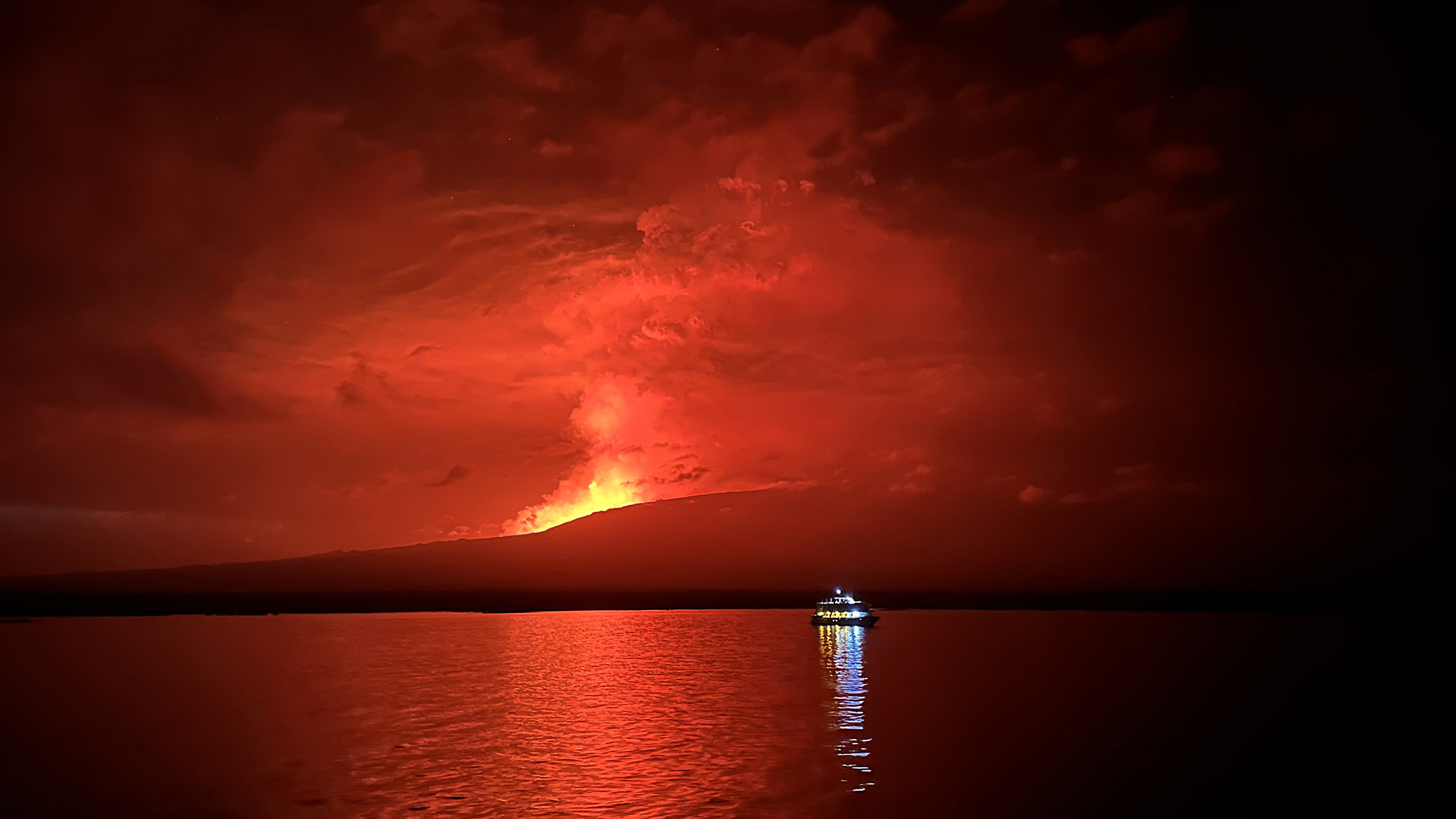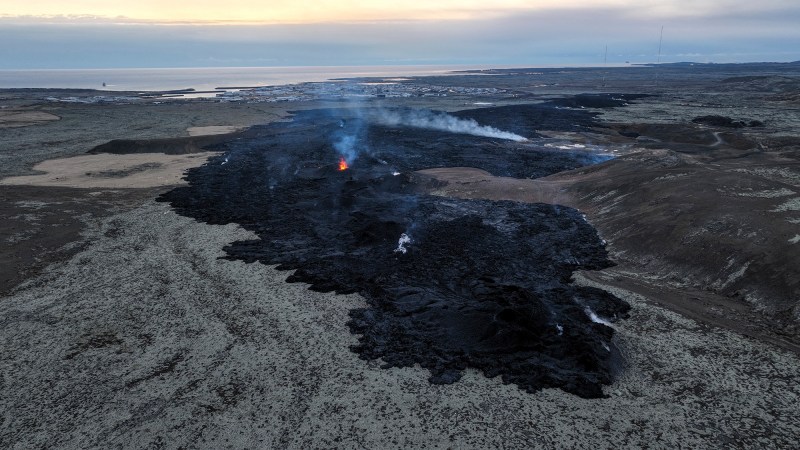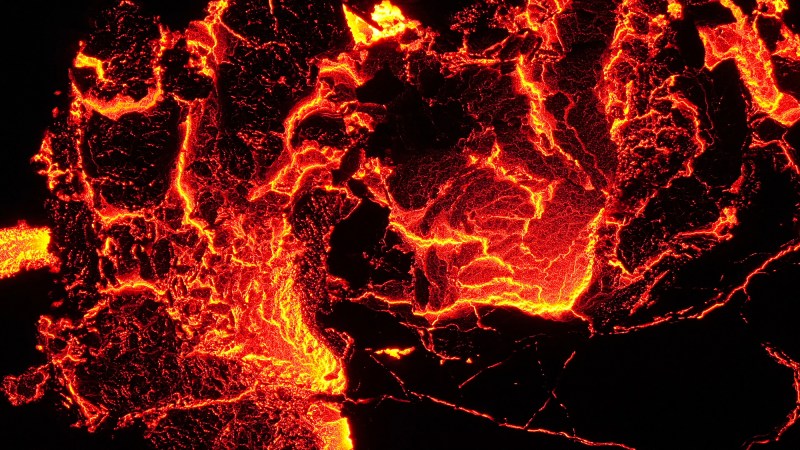

A volcano located on an uninhabited island in the Galapagos has begun to erupt, sending lava gushing down the sides of the mountain towards the ocean beneath it. Located roughly 600 miles from Ecuador’s mainland, the La Cumbre volcano on the island of Fernandina started to erupt on Saturday March 2 at about midnight local time.
[Related: Geologists: We’re not ready for volcanoes.]
According to Ecuador’s Geophysical Institute, this may be the 4,842-foot volcano’s largest eruption since 2017.
“Gas emission and thermal anomalies were detected through satellite systems,” said Ecuador’s environmental ministry in a statement according to Reuters. They added that they will continue to monitor the eruption, but that it would not likely affect tourism to the islands.

This volcano system has produced close to 30 recorded eruptions since 1800. The La Cumbre volcano is one of the most active in the Galapagos Island chain. It last erupted in 2020, following an earthquake with a magnitude of 4.7 that produced 29 aftershocks. Most of the recent eruptions have occurred along fissures around the summit crater.
The eruption does not pose a risk to humans, but Fernandina Island is home to a number of unique animal species. Penguins, iguanas, snakes, an endemic rat species, flightless cormorants and more all live on the third largest island in the Galapagos. In 2019, a team of scientists discovered a giant tortoise on Fernandina that they feared had gone extinct. The island chain in the Pacific Ocean is known throughout the world for helping Charles Darwin develop his theory of evolution in the 19th Century. Many of the animal species here hold “very important” ecological value, according to Galapagos National Park.
An ‘imminent eruption’ in Iceland
Over 5,000 miles to the north and east, another looming volcanic eruption prompted the evacuation of Iceland’s famed Blue Lagoon on March 2. Seismic activity on southwest Iceland’s Reykjanes Peninsula warned of an “imminent” volcanic eruption nearby. Between 600 and 800 guests of the resort and spa were evacuated, according to the Iceland Monitor.
[Related: How the Tonga eruption rang Earth ‘like a bell’]
Grindavík was also evacuated again, as cracks in the Earth opened up within fenced areas of the fishing town. According to the Icelandic Meteorological Office (IMO), the volume of magma building up beneath an area about two miles north of Grindavík called Svartsengi, will reach about 318 million cubic feet by the end of the day on Tuesday, March 5. This is well within the range of the previous eruptions and a hazard map released by the IMO depicted the areas that are most at risk.

“It is to be expected that another magma flow can occur in the next few days and there is an increased probability of an eruption,” wrote IMO representatives in a translated statement. “[The timing of] the next magma flow depends on how fast the pressure due to the accumulation of magma under Svartsengi builds up to set it off.”
Grindavík residents were allowed to return to the town, following the last eruption on February 8.







